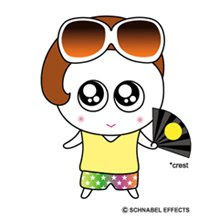I would like to touch on two famous American heroes in the World War II.
1.) Audie L. Murphy (1926-1971)
I loved war films and westerns in 1950's and 60's.
And one of my favorite movie stars in those films was Audie Murphy, who was most decorated American combat soldier during the war, and later became an actor appearing 44 Hollywood films including 33 westerns.
He played himself in the 1955 film version of his book with the same title, "To Hell and Back," which was a great hit in the industry.
When I visited the Pentagon under a training of the U.S. State Department in 2006, I found his name engraved among all veterans in the past wars at a memorial hall, just next to the America's Heroes Memorial - the site where 184 people killed in the building on September 11.
I was very moved by the way that the U.S. Department of Defense respects and honors the people fought for the country, including victims of the 9/11 terrorism.
2.) Daniel K. Inouye (1924- )
Mr. Inouye is known as the U.S. Senator from Hawaii for over forty-five years.
He was assigned to the "Nisei 442nd Regimental Combat Team," which became the most high-decorated unit in the history of the U.S. Army.
The story of the combat team was picked up by some Hollywood films.
Ten years ago, I had a chance to accompany Senator Inouye for two days in Hiroshima, Japan, where his parents came from.
He was warm, gentle and straightforward.
And I still remember well that at the airport I shook hands with him, but with his "left" hand as he lost his right arm during the war. #



